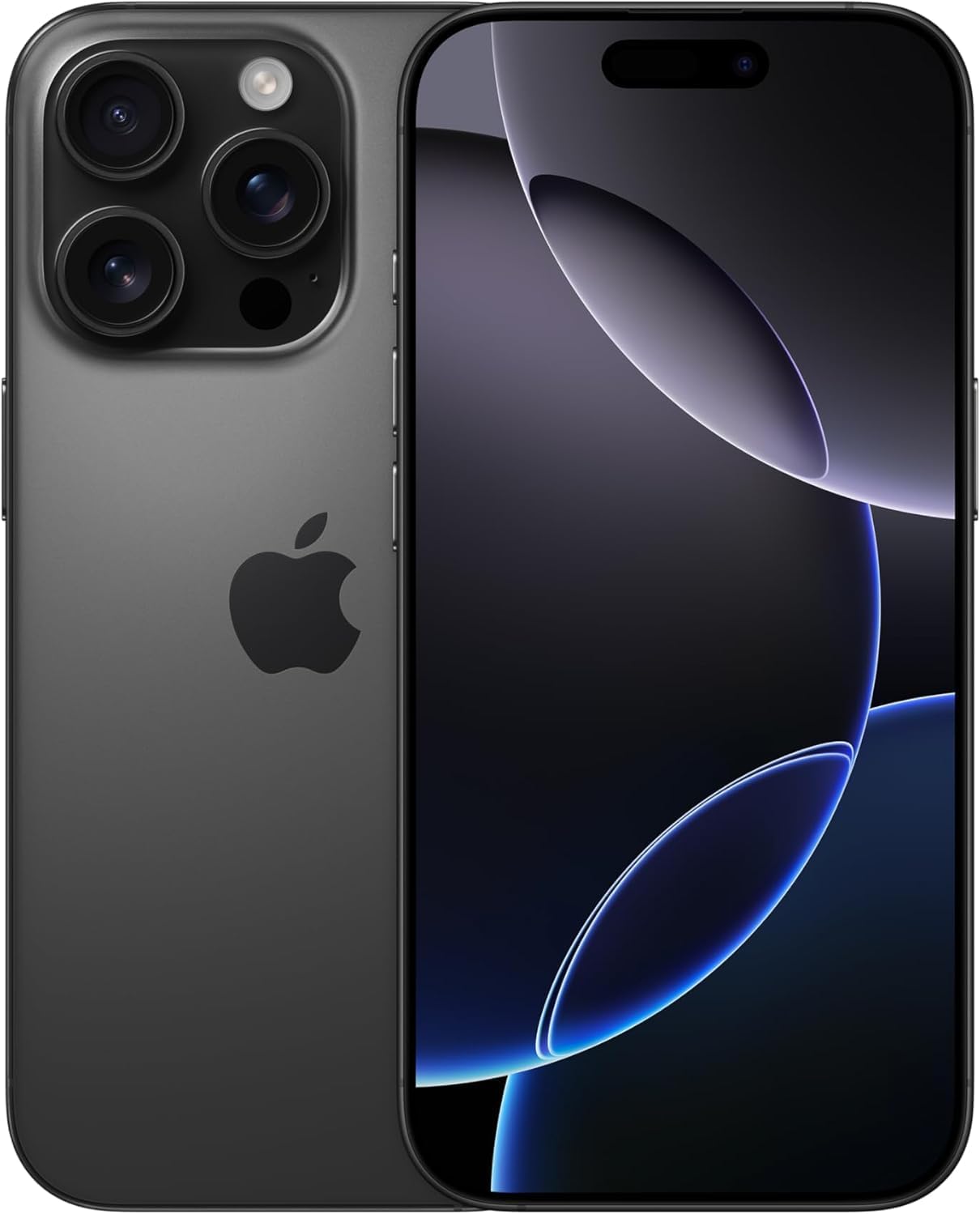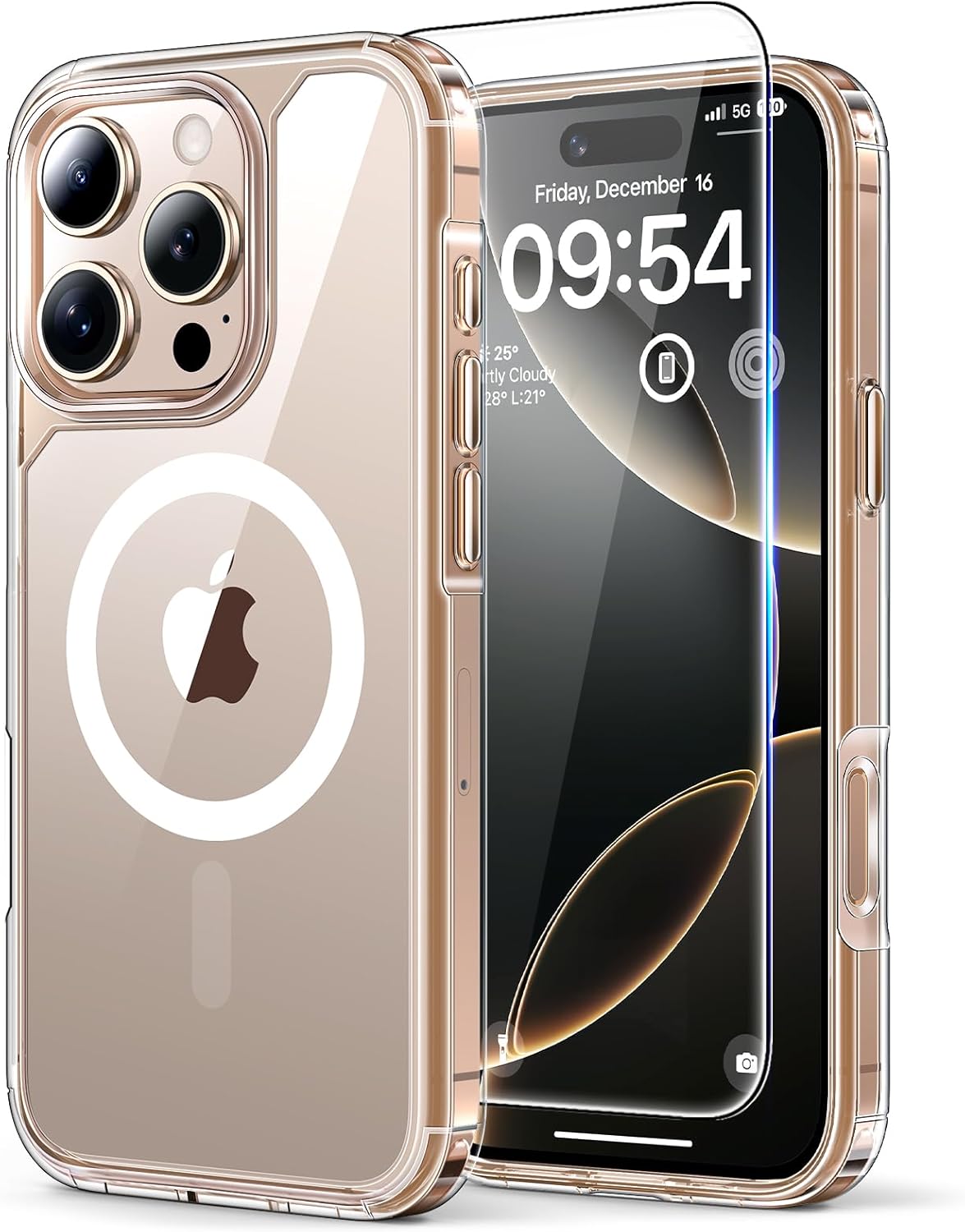Our small effort to challenge unnecessary smart phone upgrades and protect our only home — Earth.
Every year, millions rush to make smartphone upgrades, chasing marginal improvements.
⚠️ Disclaimer
This article is based on publicly available data, personal observations, and general trends in the consumer electronics industry. It does not target or endorse any specific brand, manufacturer, or product. The goal is to raise awareness about sustainability, product design, and the long-term environmental impact of modern consumer habits. All opinions expressed are those of the author.
📱 Introduction
New smart phone, new features, new excitement—right?
Each year, millions of people are drawn to sleek new smartphones boasting slightly improved cameras, faster processors, or marginal screen changes. But beneath this glitzy cycle lies a growing environmental problem few people talk about: the waste generated not just by discarded phones, but also by the accessories they leave behind.

Are smartphone upgrades truly smart? Or are they silently threatening our planet, one millimeter at a time?
📦 The Problem: Minor Design Tweaks, Massive Environmental Fallout
Modern smartphones are engineered with precision. So even tiny adjustments—like a camera bump shift, a half-millimeter thickness difference, or a fractional screen enlargement—make your existing phone case incompatible.
That seemingly harmless upgrade results in:
- Millions of old phone cases being discarded.
- Re-purchases of chargers, screen protectors, and magnetic mounts.
- Tons of additional plastic and packaging waste.
What’s worse, many of these accessories are non-recyclable and end up in landfills or informal e-waste dumps around the world.
♻️ The E-Waste We Overlook

When we think of e-waste, we usually picture old phones and laptops—but accessories play a huge role too. In fact:
- Most discarded phone cases are made from plastic, silicone, or rubber, none of which decompose easily.
- The manufacturing and shipping of each new case contribute to CO₂ emissions.
- Many old accessories, even if reusable, are abandoned simply because they don’t fit new models.

It’s a silent crisis—millions of perfectly functional accessories trashed, all because of small, avoidable changes.
🔄 Planned Obsolescence or Coincidence?
Some believe frequent hardware changes are a form of planned obsolescence—deliberate strategies to make older products or accessories incompatible.
While companies highlight innovation, critics argue that subtle design shifts aren’t always necessary. They may primarily serve to trigger another buying cycle.
And who pays the price?
- The consumer, who must buy new gear.
- The planet, burdened with the waste.
- Future generations, who inherit the environmental damage.
🌍 Environmental Consequences Beyond the Device
Here’s what those “small” upgrades actually mean for the Earth:
- Landfills Overflowing: Old cases, cords, chargers, and boxes end up buried or burned.
- Increased Manufacturing: More materials mined, more factories powered.
- Carbon Emissions: From sourcing, producing, packaging, and shipping.
- Resource Depletion: For minerals, plastics, metals, and energy.
It’s not just a design tweak—it’s a global waste multiplier.
✅ What Can Be Done?
💡 As Consumers of smart phones:
- Upgrade less often. Hold onto phones for 3–5 years if they still function well.
- Buy eco-friendly accessories — made from bamboo, recycled plastic, or biodegradable material.
- Recycle responsibly — use certified e-waste recycling programs.
- Avoid hype buying — ask: Do I need this or just want it?
🛠️ As Tech Industry Stakeholders:
- Standardize phone dimensions for 3–4 years.
- Make accessories compatible across models.
- Extend support and repairs for older models.
- Create circular economies for phones and accessories.
- Educate users about environmental impact and sustainable options.
🧠 Rethinking “Smart”

Being “smart” is no longer just about the device in your hand. It’s about the impact of our decisions. The smartest phone is one that lasts — not just in tech specs, but in usefulness, compatibility, and environmental responsibility.
Let’s stop treating every upgrade as progress.
True progress means technology that lasts, not just sells.
🛑 Conclusion: A Smarter Way Forward
The decision to upgrade your smartphone may seem personal. But it echoes across landfills, factories, and future generations.

Let’s demand more from technology—not just performance, but accountability.
Let’s push back against unnecessary change—and push forward with conscious, durable, responsible design.
Because every millimeter matters when multiplied by millions of phones.
Before your next upgrade, pause and ask:
Is this truly smart? Or just silently wasteful?









